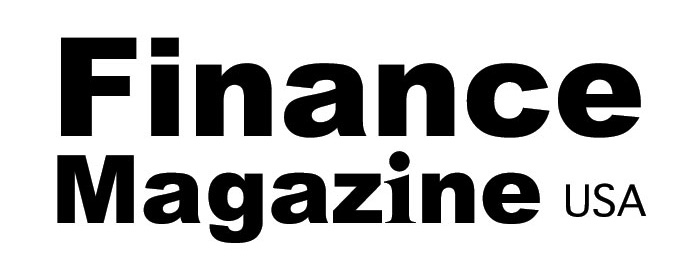Attention all market watchers and investors! Let’s talk about a dirty little secret in the interest-rate market that has been the talk of the town. It’s known as “the hairy chart” and it’s quite the eye-opener. This chart features the Federal Reserve’s policy rate as the main body, with fainter lines branching out to show the future path for interest rates that the market expects. It’s as if a mathematician was asked to draw a sea monster – it’s that intriguing.
However, the collective wisdom of some of the world’s most sophisticated investors and traders has been absolutely dreadful at predicting where interest rates will go. Since inflation began to surge in 2021, these predictions have been mostly incorrect. They have either underestimated the Fed’s willingness to raise rates or overestimated how quickly it will start cutting them. But now, once again, the interest-rate market is pricing in a rapid loosening of monetary policy.
But this time is different. A year ago, investors betting that rates would soon be cut were fighting against the Fed. Or at least that’s what the rate-setters at the central bank were indicating. However, in December, the central bank pivoted. Rate cuts were now being discussed and the market has since been moving alongside the Fed. With inflation falling, the Fed is free to make doveish noises.
Yet, the past few years have shown how eager investors are to believe that cuts are coming, and how frequently they have been wrong. A world in which rates stay higher for longer is still all too easy to imagine. The causes of disinflation to date include rapidly rising interest rates and the fading of the supply shocks that initially pushed up prices.
As supply chains were untangled, workers rejoined the labor force, and energy prices fell back to earth, negative supply shocks turned positive, cooling inflation even as economic growth rebounded. However, these positive shocks are fading, leaving monetary policy with more work to do if inflation is to keep falling.
At the same time, America’s participation rate has stopped rising, while wages have continued to climb. This wage growth, coupled with stagnating productivity growth, will continue to force up prices, making rate cuts harder to justify for the Fed.
The case that rates may stay high is plausible, especially in an election year. Central bankers cannot ignore the political backdrop, and there is a danger of easing monetary policy too early and allowing inflation to come back. The Fed also has to consider the possibility of a presidential campaign featuring Donald Trump, and the implications of cutting rates too quickly.
There are potential consequences if Mr. Trump wins, as he may pursue deficit-funded tax cuts, driving inflationary pressure higher and forcing the Fed to raise rates. This may be speculative fiction for now, but given the predictive record of investors, it’s hardly a comfort.
So, there you have it. The interest-rate market, full of twists and turns as always. Keep your eyes on the hairy chart and let’s see where it takes us next!
Source link




